1. Japanese Enamelware
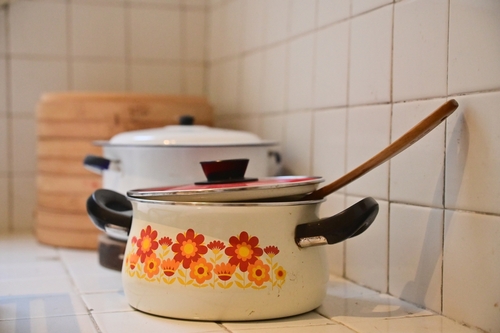
Inexpensive enamel pots and mugs from Japan started popping up in American kitchens as an affordable alternative to European brands. They came in cheerful colors and simple designs that brightened up any counter. At the time, they were often brushed off as “cheap foreign stuff” meant for campers or college kids. Now, those same enamelware pieces are celebrated for their craftsmanship and timeless look.
Collectors love how durable and practical they remain fifty years later. Many still have their original gloss and hand-painted details intact. Today, these pieces are used both as functional cookware and as retro décor accents. They’re a reminder that good design doesn’t have to come with a fancy price tag.
2. Pyrex Mixing Bowls from Japan
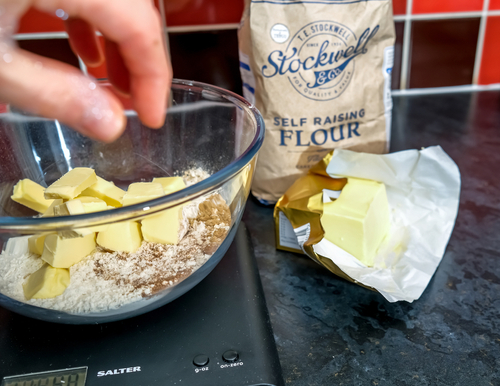
In the ’70s, many American kitchens were stocked with colorful Pyrex knockoffs imported from Japan. They were cheaper and often sold in discount stores, so people assumed they wouldn’t last. But these glass bowls proved to be as tough as their pricier counterparts—and they came in retro designs that aged beautifully. Today, collectors pay top dollar for those once-dismissed “budget” imports at vintage markets.
Their durability turned out to be a big selling point. Families realized those bowls could handle anything from casseroles to cake batter, and they outlived most of the cookware around them. The funky flower prints and pastel colors now scream ‘70s charm. What was once the thrifty option is now a nostalgic kitchen treasure.
3. Takahashi Stoneware
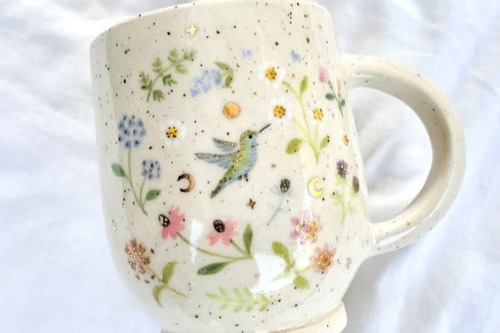
In the ’70s, stoneware dinner sets from Japan, especially by brands like Takahashi, were considered a budget alternative to fine china. The muted glazes and hand-thrown look felt earthy and informal, which was a big shift from the delicate dishes of the ‘50s. They became the go-to dinnerware for young couples and bohemian households. Decades later, their rustic aesthetic fits perfectly with modern farmhouse and minimalist trends.
Each piece was sturdy, chip-resistant, and had that handmade charm that’s hard to replicate. What was once mass-produced “import stoneware” now sells for serious money on Etsy and eBay. The appeal lies in their authenticity—no two mugs or plates look exactly alike. Turns out, the “cheap” stuff aged into pure artisan cool.
4. Melamine Dinnerware from Taiwan
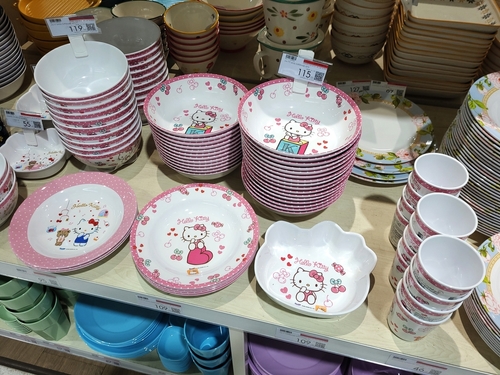
Melamine plates were the definition of kitsch in the ’70s. They were lightweight, plastic, and often imported from Taiwan in bright, sometimes clashing colors. Families used them for barbecues and picnics, thinking they were disposable or temporary. Fast-forward, and melamine’s mid-century designs are having a major revival.
Designers now appreciate their space-age look and durable nature. Vintage melamine is even showing up in trendy diners and retro kitchens. It’s funny how something once seen as “cheap plastic” now symbolizes carefree summer nostalgia. The stuff that once cluttered camping bins is now proudly displayed on open shelves.
5. Seiko Watches
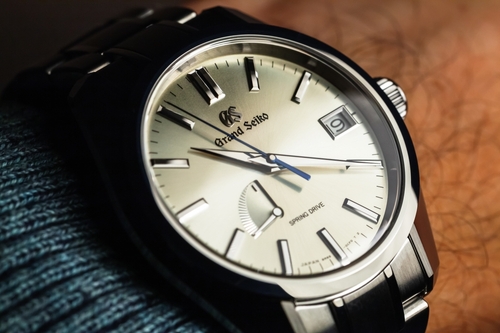
In the 1970s, Seiko watches were the underdogs of the timepiece world—affordable imports compared to Swiss luxury. Many Americans saw them as functional but forgettable. Then Seiko’s quartz technology changed everything, offering accuracy no Swiss mechanical could match. Suddenly, “cheap” became synonymous with “cutting-edge.”
Collectors today hunt down vintage Seikos for their quality and design. The brand’s reliability made it a symbol of understated cool. Models like the Seiko 5 and Chronograph are now cult favorites. What started as a low-cost option ended up redefining the global watch industry.
6. Sanyo Radios
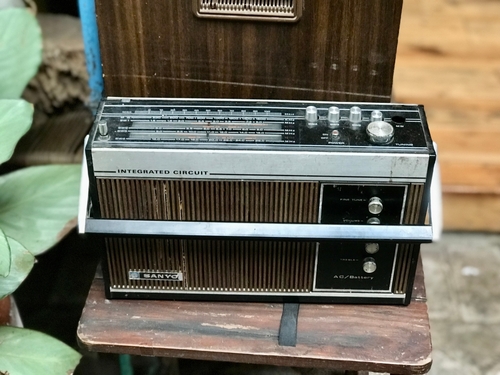
Sanyo’s compact transistor radios were everywhere in the ’70s—beach bags, dorm rooms, garages. They were cheap imports from Japan, often seen as inferior to bulky American electronics. But their portability and crisp sound made them a hit among teens and travelers. They brought personal music to everyday life long before the Walkman.
Today, vintage Sanyo radios are coveted for their design and nostalgia factor. The chrome dials, bold lettering, and boxy shapes perfectly capture the era’s aesthetic. Many still work flawlessly after half a century. What was once “cheap tech” now feels charmingly timeless.
7. Hong Kong Toy Robots
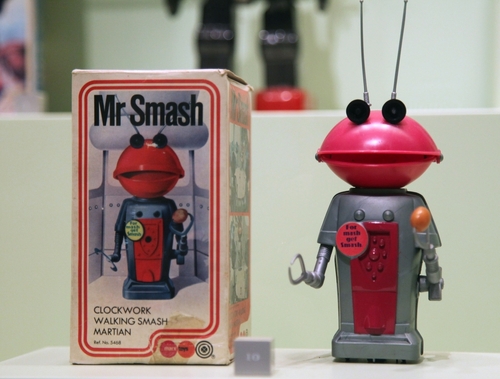
Inexpensive tin robots from Hong Kong flooded toy aisles in the ’70s. They were colorful, clunky, and made plenty of noise, but kids adored them. Parents saw them as knockoffs of pricier Japanese or American toys. Now, those same robots are considered retro art pieces, displayed in collectors’ cabinets and pop culture museums.
Their bright lithographed metal and wind-up mechanisms have aged beautifully. The imperfections that once screamed “cheap” now add character. Collectors love their personality—each one looks like it has a story. They’re nostalgic reminders of a simpler, more tactile toy era.
8. Chinese Porcelain Figurines
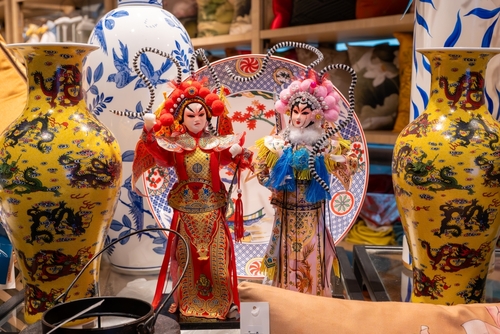
Delicate porcelain figurines from China were a dime a dozen in discount stores during the 1970s. They were often bought as souvenirs or gifts and dismissed as “cheap imports.” But the artistry behind many of these figures—especially hand-painted ones—has since been recognized. What was once a kitschy trinket now represents a blend of cultural craftsmanship and mid-century charm.
Collectors and decorators have rediscovered their appeal. The detailed brushwork and expressive faces stand out in a world of mass-produced décor. Vintage Chinese porcelain has found new life in eclectic, maximalist interiors. Sometimes the most overlooked pieces become the ones that last.
9. Japanese Kitchen Knives
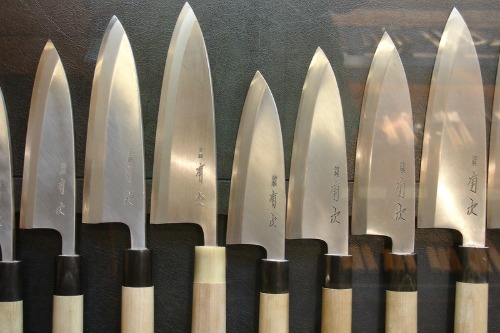
Before they became kitchen staples, Japanese knives were viewed as inexpensive, even flimsy compared to Western brands. But cooks quickly realized their thin blades and superior steel made food prep a dream. The craftsmanship spoke for itself—razor-sharp edges that held up for years. What started as “cheap imports” became the benchmark for professional chefs worldwide.
Vintage Japanese knives from the ’70s are now collector’s items. They blend artistry with practicality, balancing form and function beautifully. Many are still in use today, decades after they were made. Not bad for something once dismissed as second-rate.
10. Plastic Bento Boxes

Imported plastic lunch boxes from Japan seemed quirky and cheap in the ’70s. They were a far cry from metal American lunch pails featuring superheroes and cartoon characters. But they were cleverly designed—lightweight, reusable, and compartmentalized for portion control. It took a few decades, but their genius finally caught on.
Now, bento boxes are everywhere, embraced for their eco-friendliness and aesthetic appeal. The same basic design that seemed odd fifty years ago feels incredibly modern today. Vintage ones with cute ‘70s graphics are especially prized. It’s a full-circle moment for the humble plastic lunch box.
11. Tupperware from Thailand
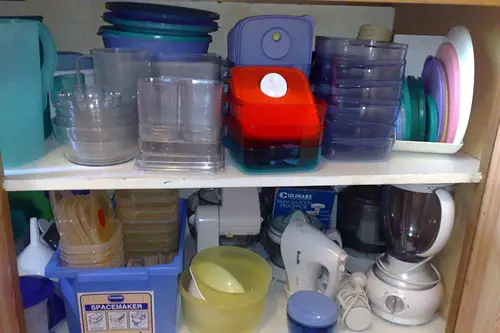
In the ’70s, some Tupperware products were imported from Thailand as budget-friendly alternatives to U.S.-made containers. They were colorful and functional but often overlooked as “cheap knockoffs.” Yet the airtight seals and stackable designs worked just as well as the originals. Over time, these containers became beloved for their durability and retro charm.
Collectors now seek out the unusual colors and patterns that never made it to the mainstream U.S. market. They embody the era’s obsession with convenience and organization. What was once a simple kitchen tool now doubles as a nostalgic design statement. Even decades later, those lids still snap perfectly into place.
12. Japanese Ceramic Tea Sets
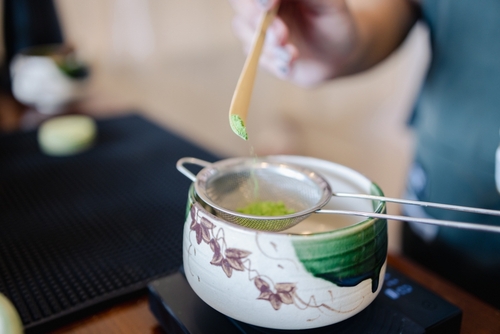
Imported ceramic tea sets were a dime a dozen in the ’70s, often sold in department stores as inexpensive décor. People dismissed them as kitschy, fragile imports. But many were beautifully glazed and hand-painted, showing remarkable artistry for the price. Today, those same sets are prized for their elegance and mid-century Japanese aesthetic.
The appeal is both functional and decorative. Some collectors display them on open shelves, while others use them for tea ceremonies or casual entertaining. The playful patterns and muted tones have aged gracefully. A piece that once seemed cheap now exudes timeless charm.
13. Kokeshi Dolls
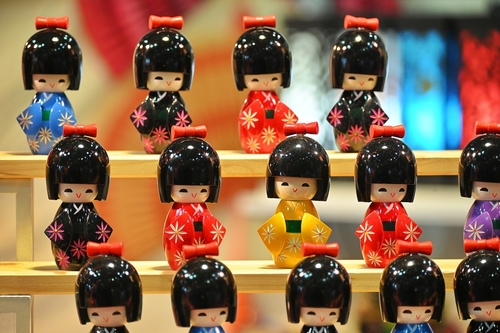
Kokeshi dolls arrived in the U.S. as mass-produced souvenirs from Japan during the ’70s. At first, they were little more than inexpensive wooden curios for tourists. But their simple, minimalistic design and hand-painted features eventually captured the hearts of collectors. Today, authentic vintage Kokeshi dolls are highly sought-after decorative items.
The handmade look of each doll gives it character and personality. Many feature the signature cylindrical body and round head with whimsical expressions. What was once a novelty gift has become a symbol of mid-century Japanese folk art. They’re small, charming pieces that stand the test of time.
14. Hong Kong Pop Art Posters
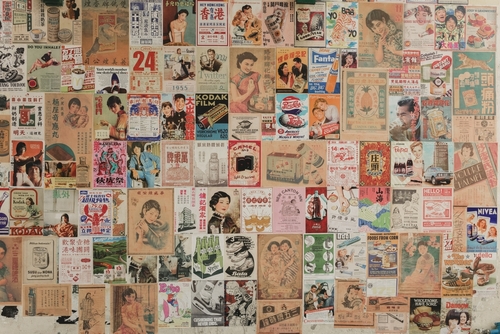
Cheaply printed pop art posters from Hong Kong were everywhere in American stores during the ’70s. They often featured bold colors and playful designs, marketed as fun wall décor for dorms and apartments. Initially dismissed as low-quality imports, they were considered disposable by many. Today, they’re celebrated for capturing the era’s graphic design trends and kitschy charm.
Collectors love the vibrancy and retro flair of these prints. They bring a playful, nostalgic energy to modern interiors. Many of the most sought-after posters feature iconic patterns, cartoon characters, or psychedelic motifs. What started as inexpensive décor has aged into full-fledged American cult classics.
This post 14 “Cheap Imports” from the ’70s That Aged into Cult Classics was first published on Greenhouse Black.
